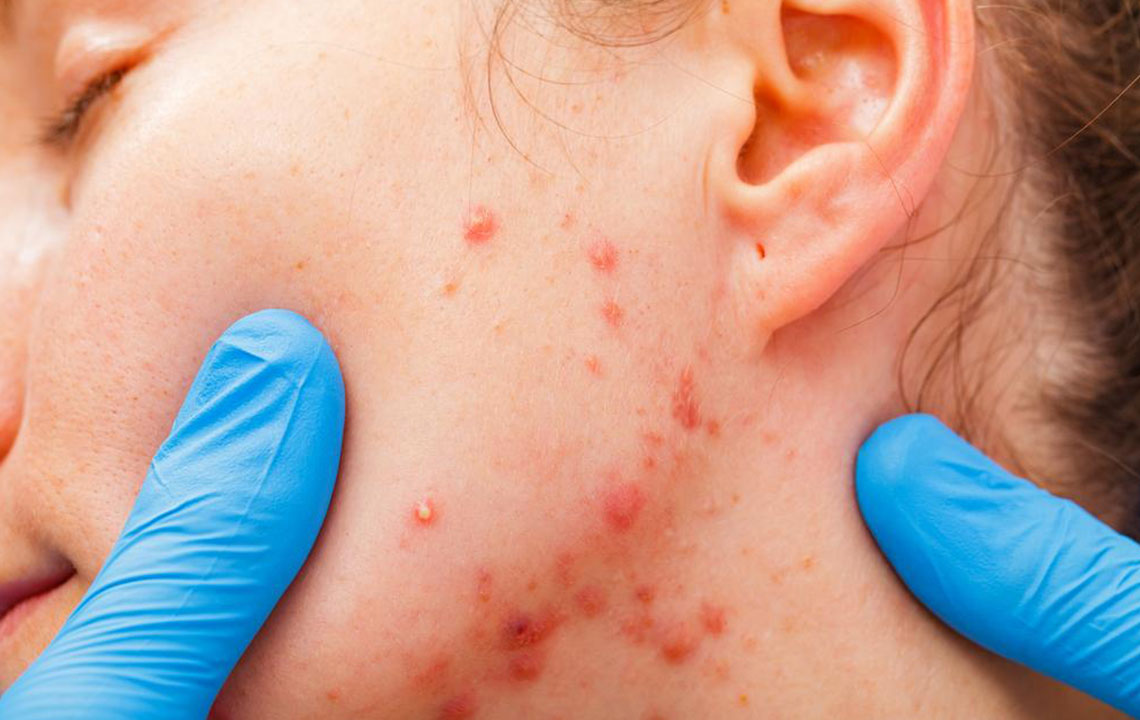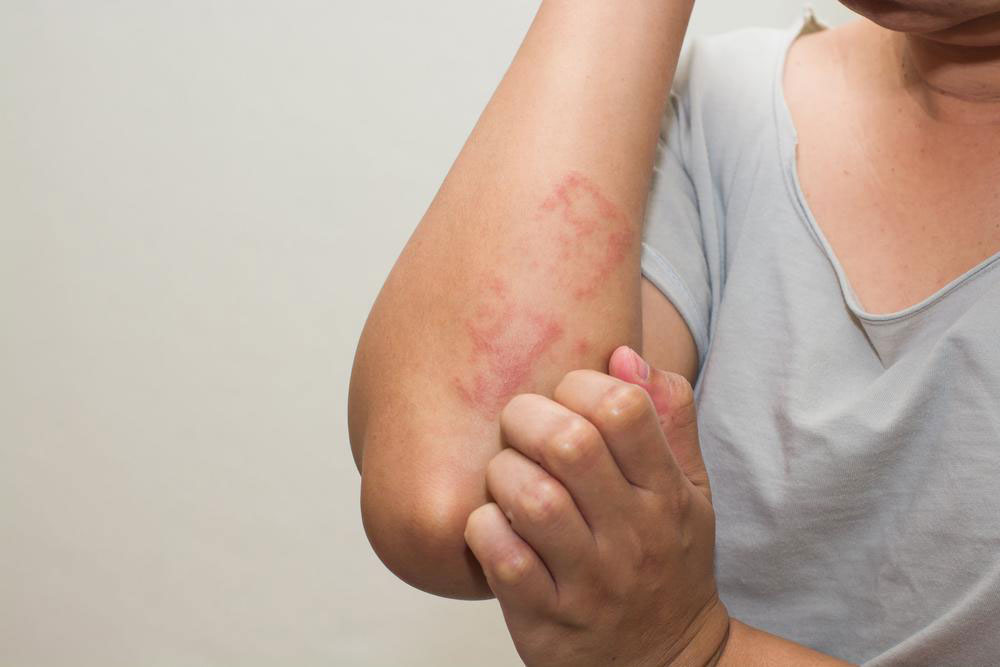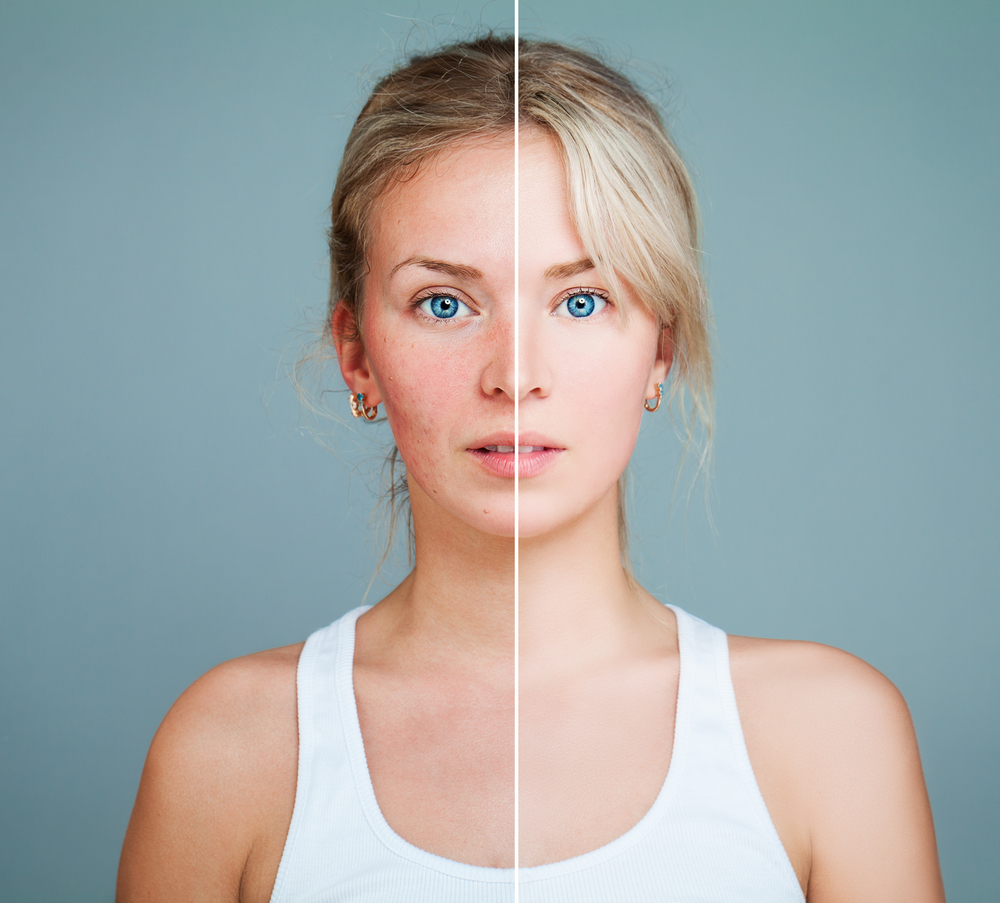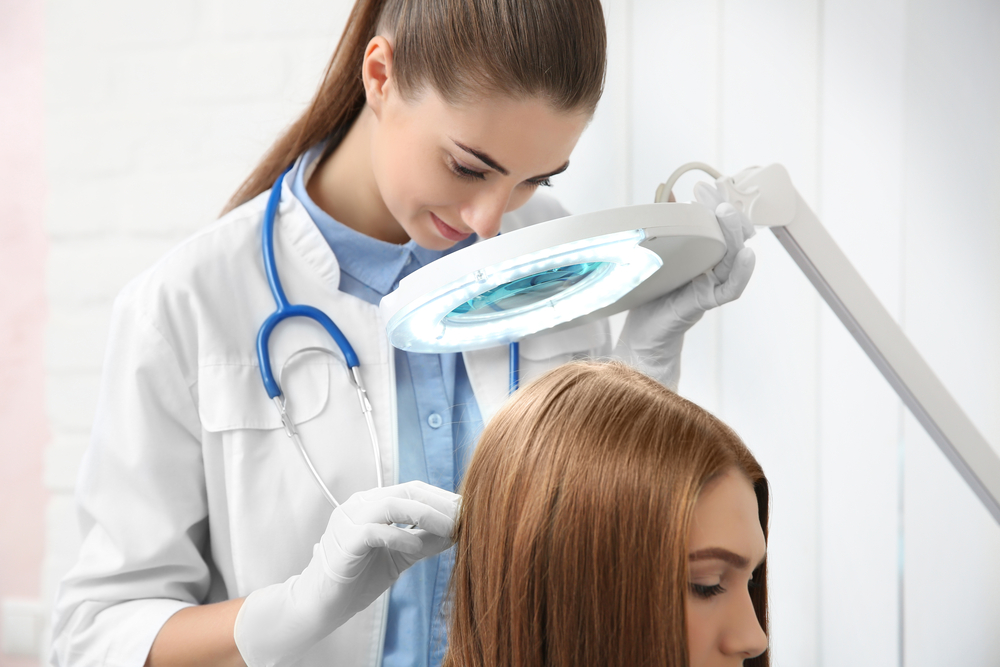Ultimate Guide to Managing and Treating Rosacea for Healthy Skin
This detailed guide provides an in-depth understanding of rosacea, including its symptoms, causes, triggers, and effective management strategies. By embracing early diagnosis and personalized treatment plans, individuals can control symptoms, prevent complications, and achieve healthier skin. The article emphasizes lifestyle modifications, skincare routines, and medical options to help manage this chronic skin condition effectively, improving quality of life for those affected.

Ultimate Guide to Managing and Treating Rosacea for Healthy Skin
Are you noticing persistent redness, visible blood vessels, or bumps on your face after turning 30? These common skin changes may be signs of rosacea, a chronic skin condition that affects millions worldwide. Recognizing the symptoms early and understanding the causes are essential steps toward effective management. If left untreated, rosacea can lead to significant skin disfigurement, discomfort, and even vision problems. This comprehensive guide aims to equip you with vital knowledge about rosacea, including its symptoms, underlying causes, triggers, treatment options, and practical tips to control flare-ups. Whether you're newly diagnosed or seeking better management strategies, this article covers everything you need to know to maintain healthier, clearer skin.
What is rosacea?
Rosacea is a common, long-term inflammatory skin disorder that primarily targets facial skin, affecting an estimated 17 million Americans. It often causes redness, visible blood vessels, bumps, and pimples, primarily on the nose, cheeks, forehead, and chin. Despite appearances similar to acne, rosacea is a distinct condition that warrants specific treatment approaches. It tends to be more prevalent among fair-skinned individuals but can affect anyone regardless of ethnicity. The progressive nature of rosacea means that early diagnosis and treatment can prevent its symptoms from worsening and minimize long-term skin damage.
Common signs and symptoms of rosacea
Although it can start subtly, rosacea symptoms usually become more prominent after the age of 30, sometimes beginning in the early 20s. Key signs include persistent facial redness, dry or burning sensation, skin that feels sensitive and inflamed, visible tiny blood vessels (telangiectasia), and acne-like bumps or pustules. Additionally, some affected individuals experience eye symptoms such as irritation, dryness, or swelling—referred to as ocular rosacea. In advanced cases, the skin may thicken or become swollen, especially around the nose, leading to a condition known as rhinophyma. Failure to treat rosacea early can result in significant disfigurement, skin thickening, and even vision impairment, reinforcing the importance of early intervention.
The condition can significantly impact quality of life, causing emotional distress due to appearance changes and social discomfort.
Understanding the causes of rosacea
While medical science has yet to pinpoint the exact cause of rosacea, multiple factors are believed to contribute to its development. These include vascular abnormalities involving facial blood vessels, which lead to increased blood flow and redness. An immune system response may also play a role, with some studies suggesting abnormal reactions to microscopic mites called Demodex folliculorum that naturally reside on human skin. The presence of certain bacteria, such as Helicobacter pylori, may further contribute to inflammation. Genetic factors also appear to influence susceptibility; if a family member has rosacea, your risk of developing it increases. Despite these insights, the precise trigger mechanisms remain unclear, and ongoing research continues to shed light on the underlying causes.
Common triggers and aggravating factors
Various environmental and lifestyle elements can precipitate rosacea flare-ups. These include prolonged sun exposure, extreme weather conditions (hot or cold), stress, spicy foods, hot beverages, and alcohol—even though alcohol does not cause rosacea directly, it can exacerbate existing symptoms. Other factors like heavy exercise, wind exposure, and certain skincare products can also trigger episodes. Recognizing personal triggers through careful monitoring is crucial in managing the condition. Implementing preventative measures and avoiding known triggers can significantly reduce the frequency and severity of flare-ups, enhancing overall skin health.
Is rosacea curable?
Currently, there is no definitive cure for rosacea. It's a chronic condition that requires ongoing management to control symptoms effectively. The primary goal is to reduce inflammation, minimize redness, prevent complications, and improve quality of life. Early diagnosis and proactive treatment strategies can help prevent disease progression and skin disfigurement. With consistent care and lifestyle modifications, many individuals experience significant symptom relief and maintenance of healthier skin.
Available treatment options for rosacea
Medical treatments are tailored to the severity and specific symptoms of each individual. Common therapies include topical medications such as metronidazole, azelaic acid, and ivermectin to reduce inflammation and bumps. Oral antibiotics like doxycycline are prescribed for more persistent or severe cases. In some instances, dermatologist-recommended medications like isotretinoin may be used cautiously. Besides pharmacological options, advanced therapies like laser treatment and intense pulsed light (IPL) can effectively diminish visible blood vessels and redness. Additionally, adopting a gentle skincare routine, avoiding known triggers, and using appropriate sun protection are fundamental parts of managing rosacea long-term. Regular dermatologist consultations are essential to adjust treatment plans and monitor progress.
Effective tips for managing rosacea daily
Identify personal triggers: Keep a detailed diary to track activities, foods, weather conditions, and products that provoke flare-ups. Recognizing these can help you avoid or minimize exposure.
Sun protection: Use broad-spectrum high-SPF sunscreen daily, wear wide-brimmed hats, and seek shade during peak sunlight hours to protect sensitive facial skin from UV rays.
Gentle skincare: Opt for mild, fragrance-free cleansers, avoid alcohol-based products, and refrain from scrubbing or using harsh exfoliants. Use lukewarm water and pat dry gently.
Manage stress: Engage in relaxation techniques like meditation, yoga, or breathing exercises. Managing stress reduces inflammatory responses that can worsen rosacea.
Lifestyle modifications: Maintain a balanced diet rich in anti-inflammatory foods, stay well-hydrated, and avoid excessive alcohol and spicy foods.
Our comprehensive understanding of rosacea, combined with proactive management strategies, can help you maintain skin health, reduce discomfort, and improve your overall well-being. Consulting with a dermatologist is the best way to develop a personalized treatment plan tailored to your needs, ensuring effective control and an improved quality of life.




